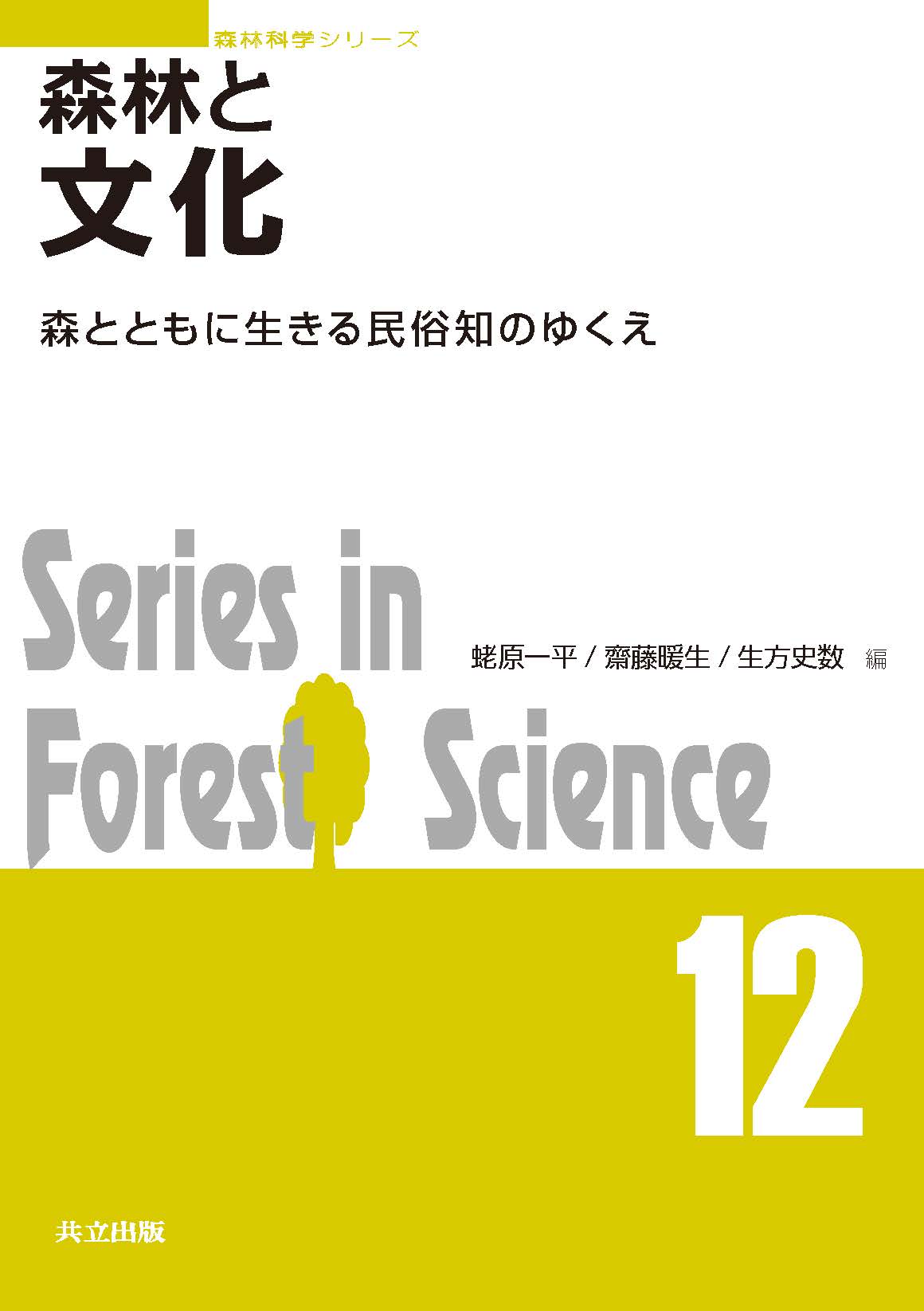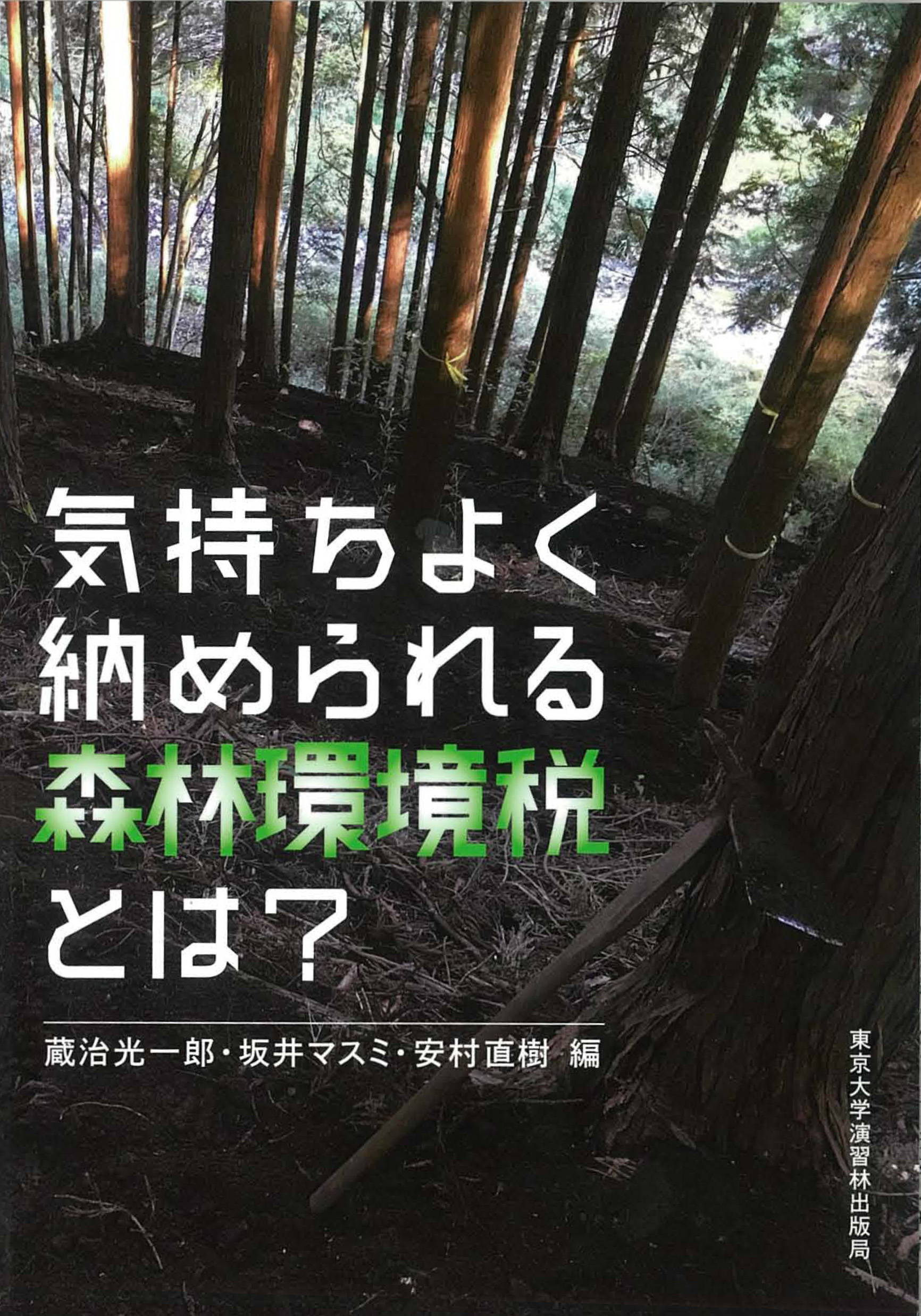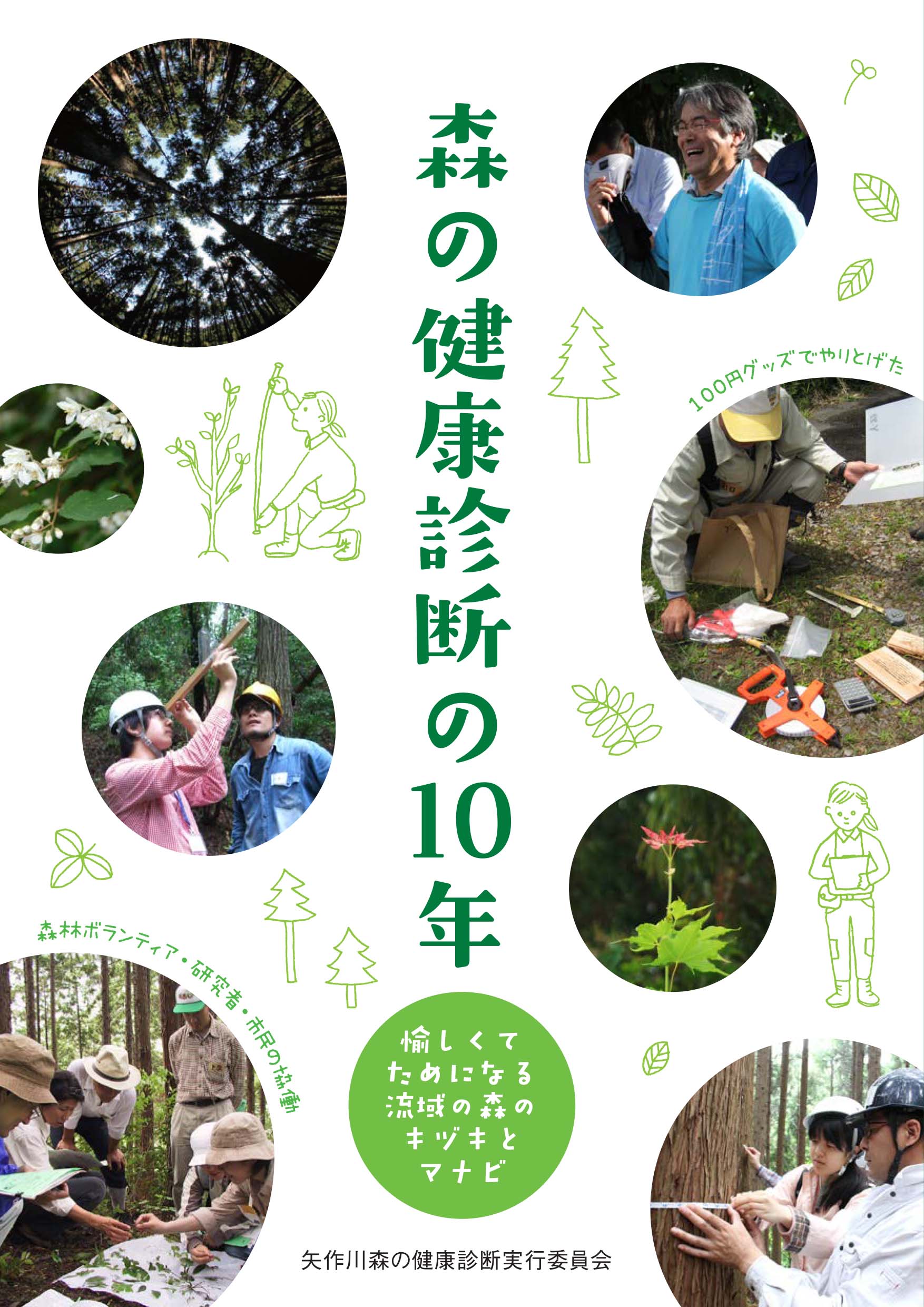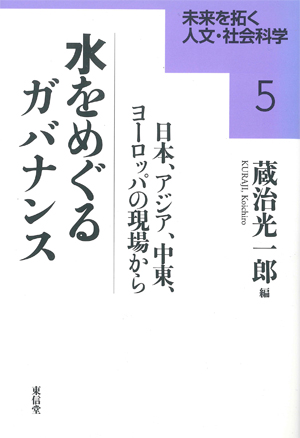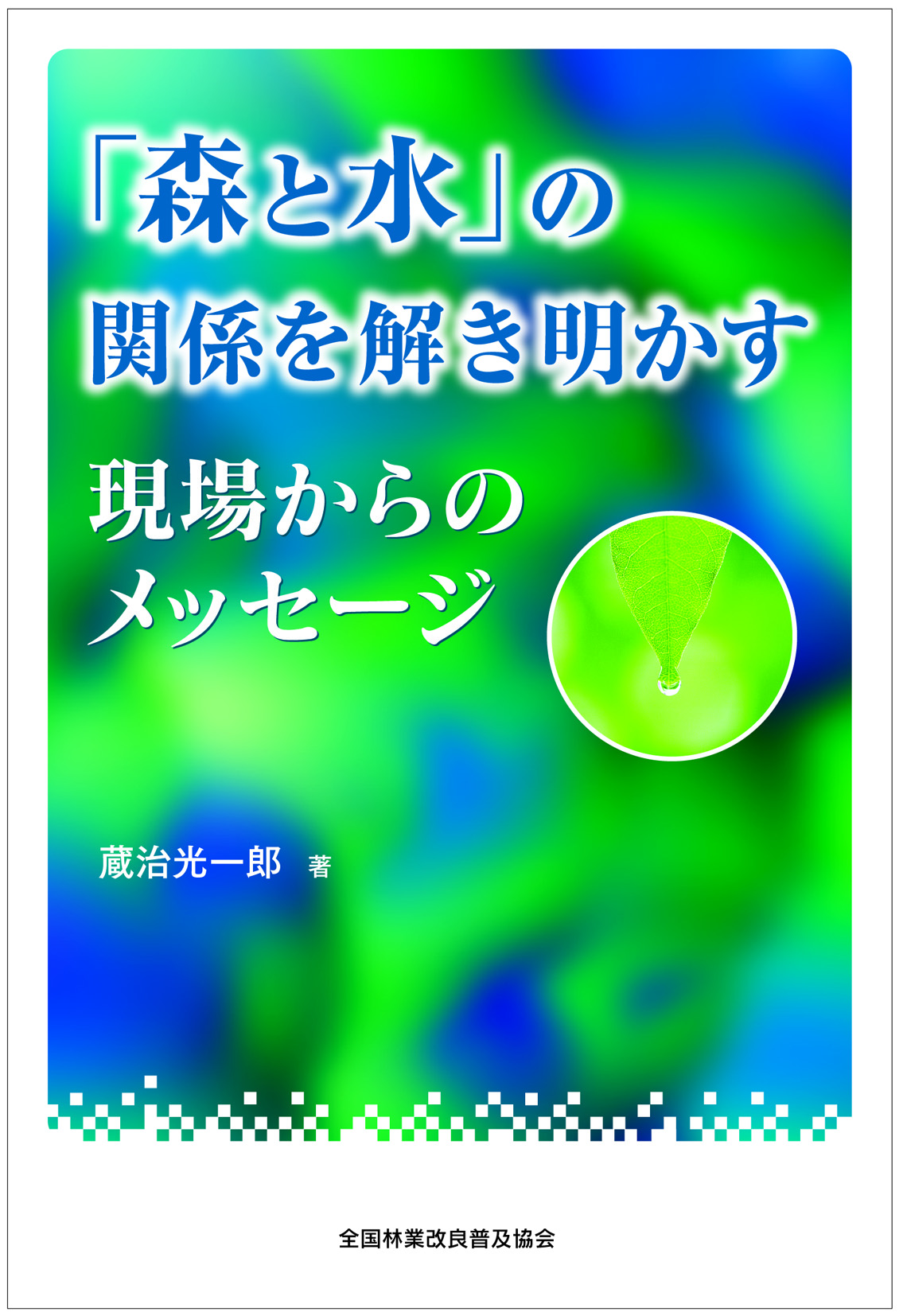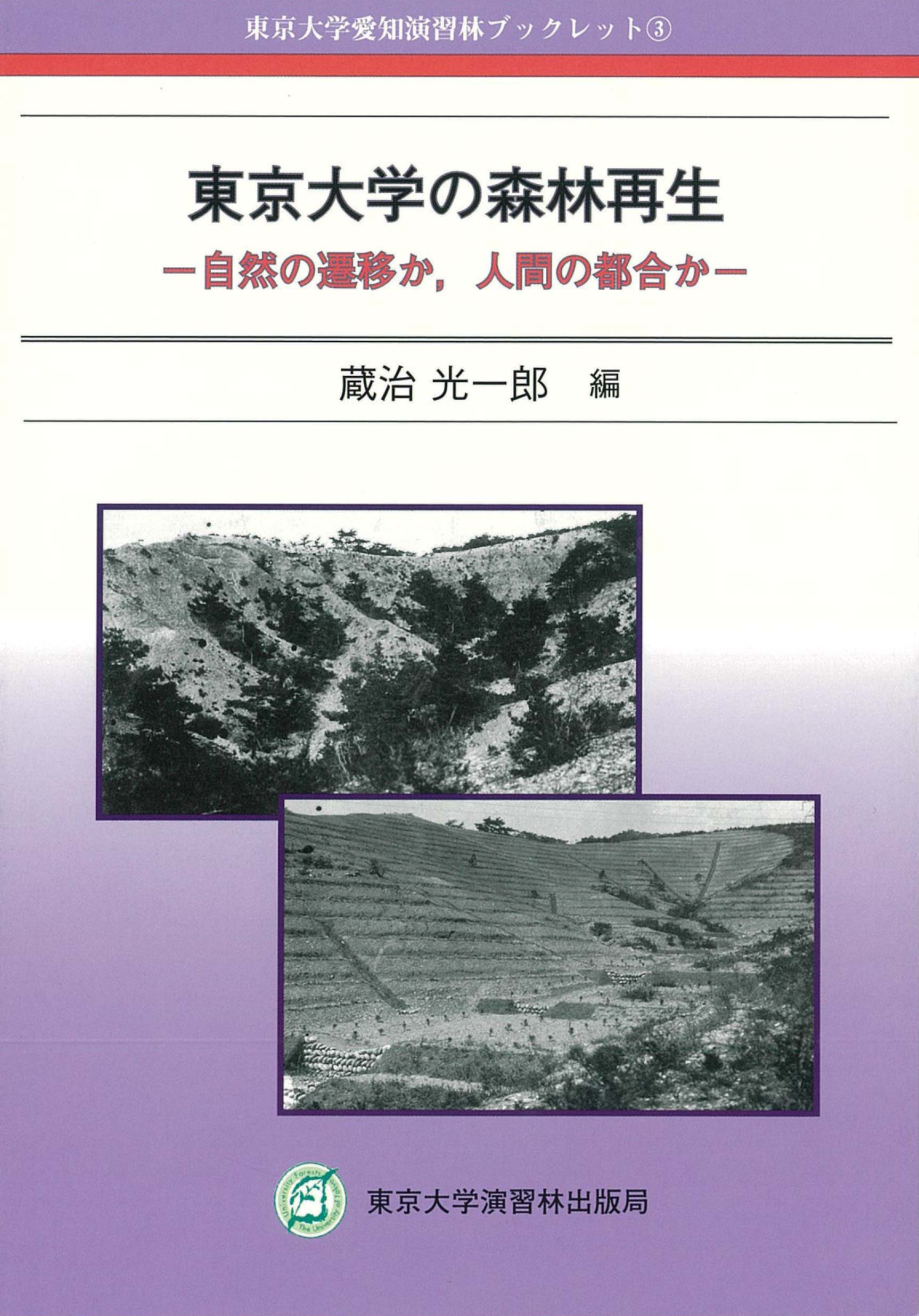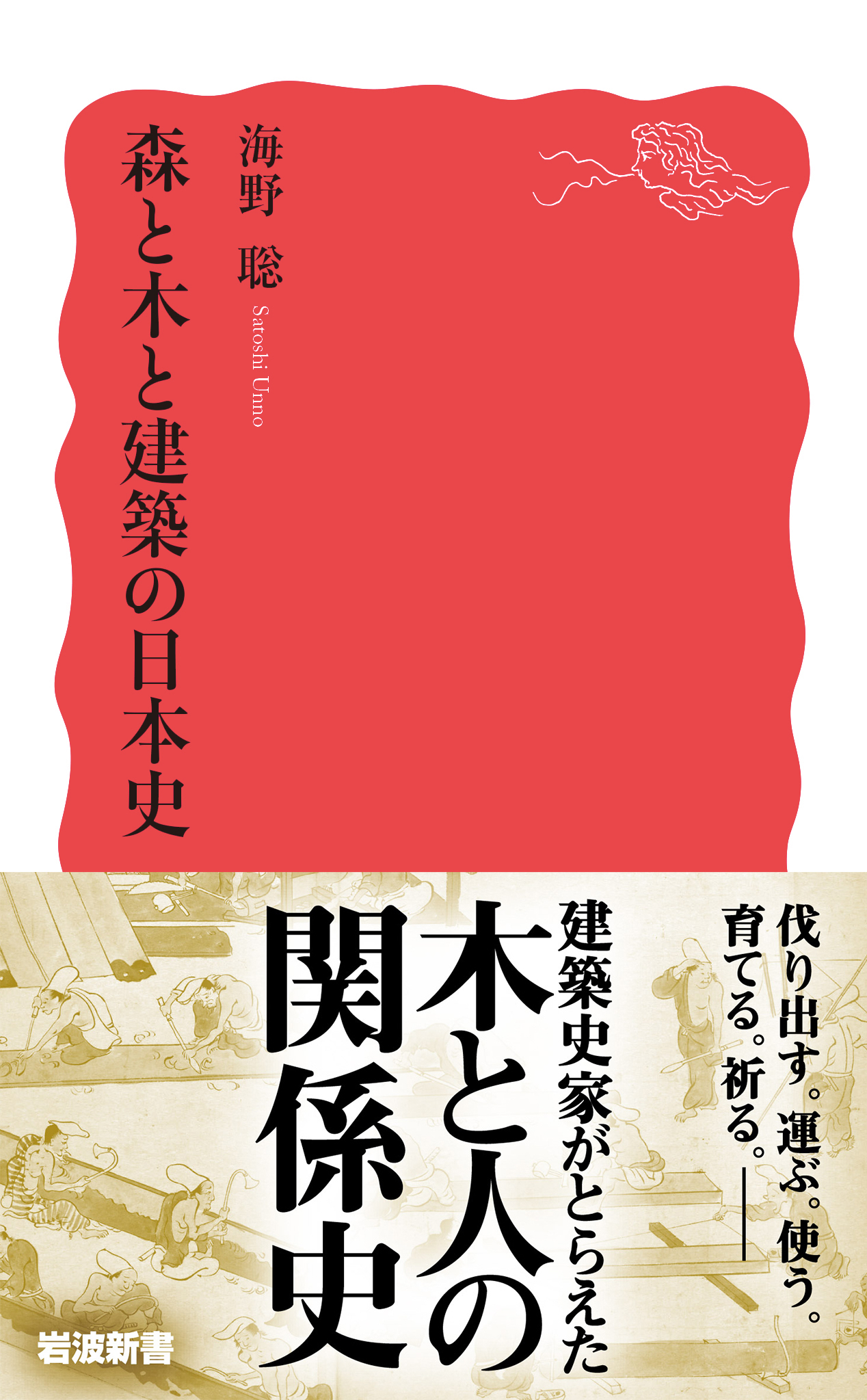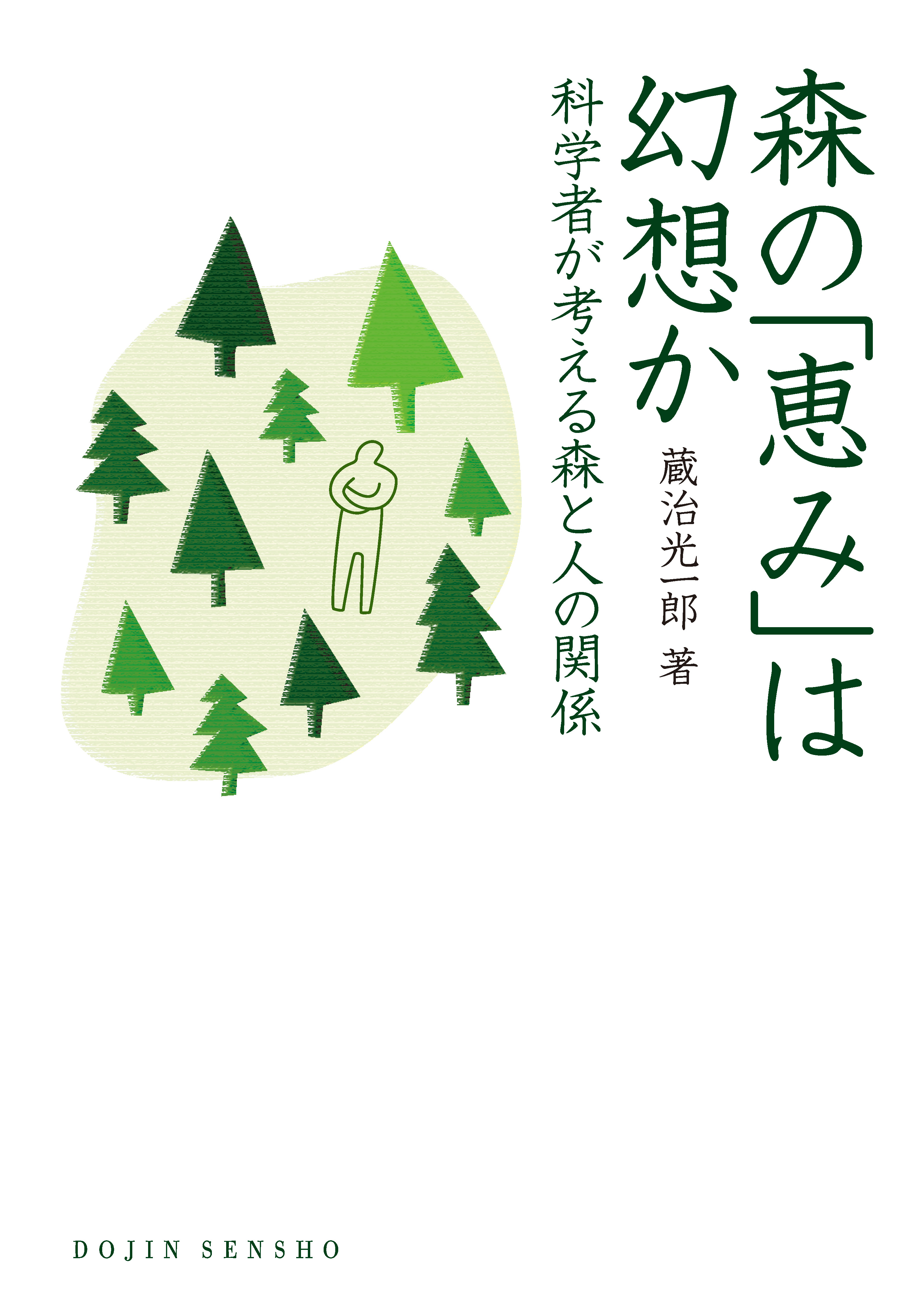
Title
Dōjin Sensho 046 Mori no megumi wa gensō ka (Is the Bounty of the Forest an Illusion? - A Scientist’s View of the Relationship Between Forests and People)
Size
224 pages, B6 format
Language
Japanese
Released
May 31, 2012
ISBN
9784759813463
Published by
Kagaku Dojin
Book Info
See Book Availability at Library
Japanese Page
What does the thought of a forest or grove of trees trigger in your mind? Most likely your first images are positive: pleasant and soothing, rich and bountiful, precious and to be protected. This is backed up by the frequent use of forestry imagery in television commercials and the constant reiteration of how “good” tree planting is for the environment. Conversely, it is considered “bad” to cut trees down.
Forests are generally perceived as comfortable and relaxing. Many people seek out forests for refreshment and healing, assuming they will find them cleared of underbrush, with rays of sun filtering through tree branches overhead. Those of the second-generation baby boomers or older, in particular, tend to have this image because many of them have nostalgic memories of playing as children in well-kept groves near their homes.
Today, however, the reality of Japan’s forests, with the few exceptions of tended forestland, is rapidly changing. For many forests, tall underbrush blocks entry and thorny branches catch on your clothes when you try to make your way in. A forest may not be so overgrown once you finally get in, but it is likely to be dark and gloomy with crisscrossing branches and leaves blocking out the sun. You will probably also find yourself swatting at bees, leeches, and ticks; hardly the comfortable scenario that you imagined.
Why this discrepancy between image and reality? It is the difference between viewing forests from a human-centric perspective or a nature-centric perspective. Nature has its own rules and changes according to its own rhythms and is by no means designed to be convenient for humans. In this sense, nature has “effects.” The idea that some features of nature are unnecessary, or that some insects are beneficial and others harmful, for example, are based purely on human convenience that seeks to make nature “functional.”
Why do we persist in thinking that nature is somehow going to be convenient for humans? The answer to that is, I think, to be found in the way we humans have changed nature to suit our needs and convenience. We seek a tame nature that we mistakenly assume has only good to offer us.
There is another major reason, and that is the nature conservation movement that arose in the 1980s in reaction to the development and destruction of the natural environment during the decades of rapid economic growth. Environmentalists tried to obtain the support from the public and promoted their movement by emphasizing the ways in which nature benefits humanity. Of course, nature is not so simplistic, but the idea that nature is somehow “good” has strong appeal.
Up to now we have talked about nature’s “effects” and its “functions” as if the terms were interchangeable. Not a few researchers in the natural sciences mistakenly assume that they are studying nature’s “functions” when in fact they are examining nature’s “effects,” and they perpetuate this misperception in their publications and lectures.
The difference between “effect” and “function,” depends, I believe, on what is convenient for humans. For example, a drug may have the effect of curing a disease, but it may also have side-effects, adverse effects that are inconvenient for humans. An “effect” is how a natural or manmade creation “reacts” to something without regard to whether that reaction is or is not convenient for humans. A “function,” on the other hand, is an action that is convenient for humans. Hence, we don’t refer to “adverse functions” or “side-functions.”
For a long time now, we have talked about the “functions” of a forest. Japan’s Basic Law for Forest and Forestry, for example, refer to the multi-functional roles of forests. This kind of word usage, however, has contributed in part to the mistaken assumption that forests have only good “effects” for humans.
In actual fact, forests have many different “effects,” some that are certainly good for humans, but almost the same number of other “effects” that are bad for humans. It behooves natural scientists to be aware of this fact. Many of the plants and animals to be found in a forest are not human-friendly: Plants with thorns, plants that irritate the skin, insects that sting, insects that suck blood. A forest without such denizens, is, in fact, unnatural, and there is a high probability that they were purposely eliminated by humans. Likewise, any proper forest will have a variety of trees, but while some varieties serve the human purpose of being used for lumber, others do not. There are, as well, insects and diseases that eat at the trees that humans happen to find convenient, causing them to rot and die. From this perspective, Japan’s forests of cypress and cedar, planted expressly for the convenience of providing lumber, are extremely unnatural.
Effects simply exist regardless of human presence, while functions reflect human convenience and desire. This is the premise on which this book is based and is repeated from beginning to end.
This book is intended to correct the conventional discourse of forest specialists—who have tended to assume that all forest effects are actually functions or that forests exists solely to benefit humans—by giving equal weight in its discussions to the effects of nature, specifically those of forests, that happen to be inconvenient for humans.
(Written by KURAJI Koichiro, Professor, Graduate School of Agricultural and Life Sciences / 2019)



 Find a book
Find a book


